I. Introduction
ANA All Nippon Airways, often simply referred to as ANA, is one of Japan’s premier airline companies, renowned for its commitment to excellence in both service and operational efficiency. Founded in 1952, ANA has grown to become a significant player in the global aviation industry, offering an extensive network of domestic and international routes that connect Japan to the world. Headquartered in Tokyo, ANA’s operations are centered around two major hubs: Narita International Airport and Haneda Airport.
As a member of the Star Alliance, ANA benefits from a global network of partner airlines, enhancing its ability to offer seamless travel experiences to its passengers. The airline’s dedication to safety, punctuality, and customer satisfaction has earned it numerous awards and accolades over the years, solidifying its reputation as a leader in the aviation sector.
ANA’s fleet is comprised of state-of-the-art aircraft, featuring the latest in aviation technology to ensure a comfortable and efficient journey for travelers. The airline offers a variety of cabin classes, catering to the diverse needs of its passengers, from economy to business and first class. In addition to its in-flight services, ANA’s loyalty program, ANA Mileage Club, provides frequent flyers with a range of benefits and rewards, fostering customer loyalty and enhancing the overall travel experience.
In the following sections, we will delve deeper into ANA’s rich history, explore its fleet and services, examine its market position and competitiveness, and ultimately understand what makes ANA All Nippon Airways a distinguished name in the airline industry.
II. History and Background
A. Founding and Early Years
ANA All Nippon Airways traces its origins back to December 27, 1952, when it was established as Japan Helicopter and Aeroplane Transports Company. The company began operations with just two helicopters, reflecting a modest start but one that was filled with ambition and potential. In 1953, the company underwent a name change to All Nippon Airways and began fixed-wing aircraft operations. Its first scheduled passenger flight took off in 1954, connecting Tokyo and Osaka. The early years saw ANA focusing primarily on domestic routes, gradually expanding its network to cover major cities across Japan. The airline’s commitment to safety, reliability, and customer service quickly earned it a loyal customer base.
B. Expansion and Growth
The 1960s and 1970s were transformative decades for ANA. The introduction of jet aircraft, including the Boeing 727 and later the Boeing 747, allowed the airline to expand its capacity and reach. During this period, ANA also began to establish itself as a significant player in the international market. The opening of routes to destinations in Asia, Europe, and North America marked the beginning of its global expansion.
The 1980s and 1990s continued this trajectory of growth. ANA invested heavily in modernizing its fleet and improving its service offerings. The airline adopted a strategy of strategic partnerships and alliances, which enabled it to enhance its global connectivity and operational efficiency. The establishment of the Star Alliance in 1997, of which ANA is a founding member, was a pivotal moment, providing passengers with access to a vast network of routes and services.
C. Modern Developments
Entering the 21st century, ANA has consistently focused on innovation and sustainability. The airline has been at the forefront of adopting new technologies, from advanced aircraft like the Boeing 787 Dreamliner to pioneering in-flight Wi-Fi services. ANA’s commitment to environmental sustainability is evident in its efforts to reduce carbon emissions and invest in more fuel-efficient aircraft.
In recent years, ANA has also embraced digital transformation to enhance the passenger experience. Initiatives such as the ANA Digital Innovation Lab and collaborations with tech companies have led to the development of new services and solutions that streamline operations and improve customer satisfaction.
Despite facing challenges such as the global financial crisis and the COVID-19 pandemic, ANA has demonstrated resilience and adaptability. The airline has continued to evolve, focusing on diversification and innovation to maintain its competitive edge in the ever-changing aviation industry.
As of today, ANA All Nippon Airways stands as a symbol of Japanese excellence in aviation, with a rich history characterized by a pioneering spirit, relentless pursuit of quality, and a forward-thinking approach to business.
III. Fleet and Services
ANA All Nippon Airways takes pride in its modern and diverse fleet, coupled with an array of services designed to enhance the passenger experience. This section provides a comprehensive overview of the aircraft types that constitute ANA’s fleet, the in-flight services offered, and the loyalty programs that keep passengers coming back.
A. Aircraft Types
ANA’s fleet is one of the most technologically advanced in the aviation industry, comprising a mix of wide-body and narrow-body aircraft designed for both domestic and international routes. The airline operates various models from leading manufacturers such as Boeing and Airbus.
- Boeing 787 Dreamliner: ANA was the launch customer for the Boeing 787 Dreamliner, a testament to its commitment to innovation and passenger comfort. The Dreamliner is renowned for its fuel efficiency, reduced noise levels, and enhanced cabin environment, providing a superior flying experience.
- Boeing 777: Another cornerstone of ANA’s fleet, the Boeing 777, is favored for long-haul international routes. With its spacious cabins and advanced engineering, the 777 offers reliability and comfort on extended journeys.
- Airbus A380: ANA’s Airbus A380, with its distinctive “Flying Honu” livery, is a marvel of aviation engineering. This double-decker aircraft services popular routes such as Tokyo to Honolulu, offering luxurious amenities and ample seating capacity.
- Narrow-body Aircraft: For domestic and shorter international flights, ANA employs a range of narrow-body aircraft, including the Boeing 737 and Airbus A320 families. These planes are optimized for efficiency and quick turnaround times.
B. In-Flight Services
ANA’s commitment to excellence is evident in its comprehensive range of in-flight services, designed to cater to the needs of diverse passenger profiles, from business travelers to families.
- Cabin Classes:
- First Class: ANA’s First Class offers an unparalleled level of luxury, with private suites, gourmet dining options, and personalized service.
- Business Class: Business Class passengers enjoy lie-flat seats, priority boarding, and access to exclusive lounges, ensuring a productive and restful journey.
- Premium Economy: This class bridges the gap between Economy and Business, offering extra legroom, enhanced dining options, and additional amenities.
- Economy Class: Economy Class is designed for comfort and convenience, with ergonomic seating, individual entertainment screens, and a selection of meals and beverages.
- Entertainment and Connectivity: ANA provides a rich selection of in-flight entertainment, including movies, TV shows, music, and games. Passengers can also stay connected with in-flight Wi-Fi, available on most international flights.
- Dining: The airline collaborates with renowned chefs to offer an exquisite range of dining options, including traditional Japanese cuisine and international dishes. Special meals are available to accommodate dietary requirements.
- Amenities: ANA offers a range of amenities to ensure passenger comfort, including pillows, blankets, and amenity kits with travel essentials. For long-haul flights, additional items such as pajamas and skincare products are provided in premium classes.
C. Loyalty Programs
ANA’s loyalty program, ANA Mileage Club (AMC), is designed to reward frequent flyers with a host of benefits and privileges.
- Mileage Accumulation: Members earn miles based on the distance traveled and the fare class of their ticket. Miles can also be accumulated through ANA’s network of partner airlines and service providers.
- Membership Tiers: AMC features multiple membership tiers, including Bronze, Platinum, and Diamond, each offering progressively greater benefits such as bonus miles, priority services, and access to exclusive lounges.
- Redeeming Miles: Miles can be redeemed for a variety of rewards, including award flights, upgrades, hotel stays, and merchandise. The flexibility of the program makes it highly attractive to travelers.
- Additional Benefits: AMC members enjoy special privileges, such as priority boarding, extra baggage allowance, and access to ANA lounges worldwide. The program also offers family account options, allowing members to pool miles with family members.
In summary, ANA All Nippon Airways’ fleet and services are meticulously designed to provide a superior travel experience, from the latest aircraft models to the comprehensive in-flight services and rewarding loyalty programs. This commitment to excellence ensures that ANA remains a preferred choice for travelers around the world.

IV. Market Position and Competitiveness
ANA All Nippon Airways has established itself as a formidable player in the global aviation industry, known for its high standards of service, operational efficiency, and strategic alliances. This section delves into ANA’s market position and competitiveness by examining its market share, partnerships and alliances, and competitive advantages that set it apart from other airlines.
A. Market Share
ANA maintains a significant share of the Japanese domestic market and is a prominent player in international routes, particularly within Asia. As one of the two major carriers in Japan, alongside Japan Airlines (JAL), ANA has consistently held a leading position in terms of passenger volume and revenue. According to recent industry reports, ANA commands a substantial portion of the market share, thanks to its extensive network and frequent services connecting major cities in Japan with key destinations worldwide.
The airline has also focused on expanding its international presence, particularly in North America, Europe, and Southeast Asia. By increasing the number of direct flights and enhancing its long-haul capabilities, ANA has effectively tapped into high-demand markets, catering to both business and leisure travelers. This strategic expansion has solidified its market position and contributed to its robust financial performance.
B. Partnerships and Alliances
A cornerstone of ANA’s strategy is its participation in global alliances and partnerships. ANA is a founding member of Star Alliance, the world’s largest airline alliance, which connects passengers to over 1,300 destinations across nearly 200 countries. Membership in Star Alliance allows ANA to offer seamless travel experiences, including coordinated schedules, shared lounges, and unified loyalty programs with partner airlines.

In addition to its alliance membership, ANA has forged strategic partnerships with several leading airlines. Notable collaborations include joint ventures with United Airlines on trans-Pacific routes and Lufthansa on European routes. These partnerships enable ANA to expand its network reach, optimize flight schedules, and offer competitive pricing by sharing resources and operational efficiencies.
C. Competitive Advantages
ANA’s competitive edge stems from several key factors that distinguish it from other airlines:
- Service Excellence: ANA is renowned for its exceptional customer service, consistently ranking high in global airline surveys. The airline has received numerous awards for its in-flight experience, including Skytrax’s 5-Star rating, which it has maintained for several consecutive years. This commitment to quality service enhances customer loyalty and brand reputation.
- Innovative Offerings: ANA continuously invests in cutting-edge technology and innovative solutions to improve the passenger experience. From advanced in-flight entertainment systems to the introduction of new aircraft with enhanced comfort features, ANA prioritizes innovation to stay ahead of industry trends.
- Operational Efficiency: ANA places a strong emphasis on operational efficiency, leveraging advanced analytics and modern fleet management practices to optimize its operations. This focus on efficiency not only reduces costs but also ensures high punctuality rates and reliable service, which are critical factors for discerning travelers.
- Environmental Initiatives: As part of its commitment to sustainability, ANA has implemented numerous environmental initiatives aimed at reducing its carbon footprint. The airline has invested in fuel-efficient aircraft, developed eco-friendly operations, and actively participates in global efforts to promote sustainable aviation practices. These initiatives resonate with environmentally conscious consumers and reinforce ANA’s reputation as a responsible corporate citizen.
In conclusion, ANA All Nippon Airways’ strong market position and competitiveness are underpinned by its significant market share, strategic alliances, and distinct competitive advantages. By continuing to innovate and maintain high standards of service, ANA is well-positioned to navigate the dynamic aviation landscape and sustain its leadership in the industry.
V. Conclusion
ANA All Nippon Airways stands as a paragon of excellence in the aviation industry, embodying a rich legacy of innovation, customer service, and strategic growth. From its humble beginnings in the early post-war period to its current status as one of the world’s leading airlines, ANA has consistently demonstrated an unwavering commitment to quality and operational efficiency.
The airline’s history is a testament to its adaptability and forward-thinking approach. Starting with domestic routes and gradually expanding to international skies, ANA has continuously evolved to meet the ever-changing demands of the global travel market. Its modern fleet, comprising a mix of state-of-the-art aircraft, underscores the company’s dedication to safety, comfort, and environmental responsibility.

ANA’s in-flight services and amenities are a reflection of its customer-centric philosophy. Whether through the luxurious offerings in its premium cabins or the thoughtful touches in economy class, the airline ensures a superior travel experience for all passengers. The ANA Mileage Club further enhances customer loyalty by providing a range of benefits and rewards, solidifying the airline’s reputation for excellence in customer service.
In terms of market position, ANA has carved out a significant share in both domestic and international markets. Strategic alliances and partnerships, such as its membership in the Star Alliance, have bolstered its global connectivity and competitive edge. The airline’s ability to leverage these relationships, along with its strong operational framework, positions it favorably against competitors.
In conclusion, ANA All Nippon Airways exemplifies the ideals of innovation, reliability, and customer satisfaction in the aviation sector. Its rich history, modern fleet, superior services, and strategic market positioning make it a formidable player in the airline industry. As ANA continues to soar to new heights, it remains committed to delivering the highest standards of service and excellence to travelers around the world.
Catch up on the top stories and travel deals by subscribing to our newsletter!

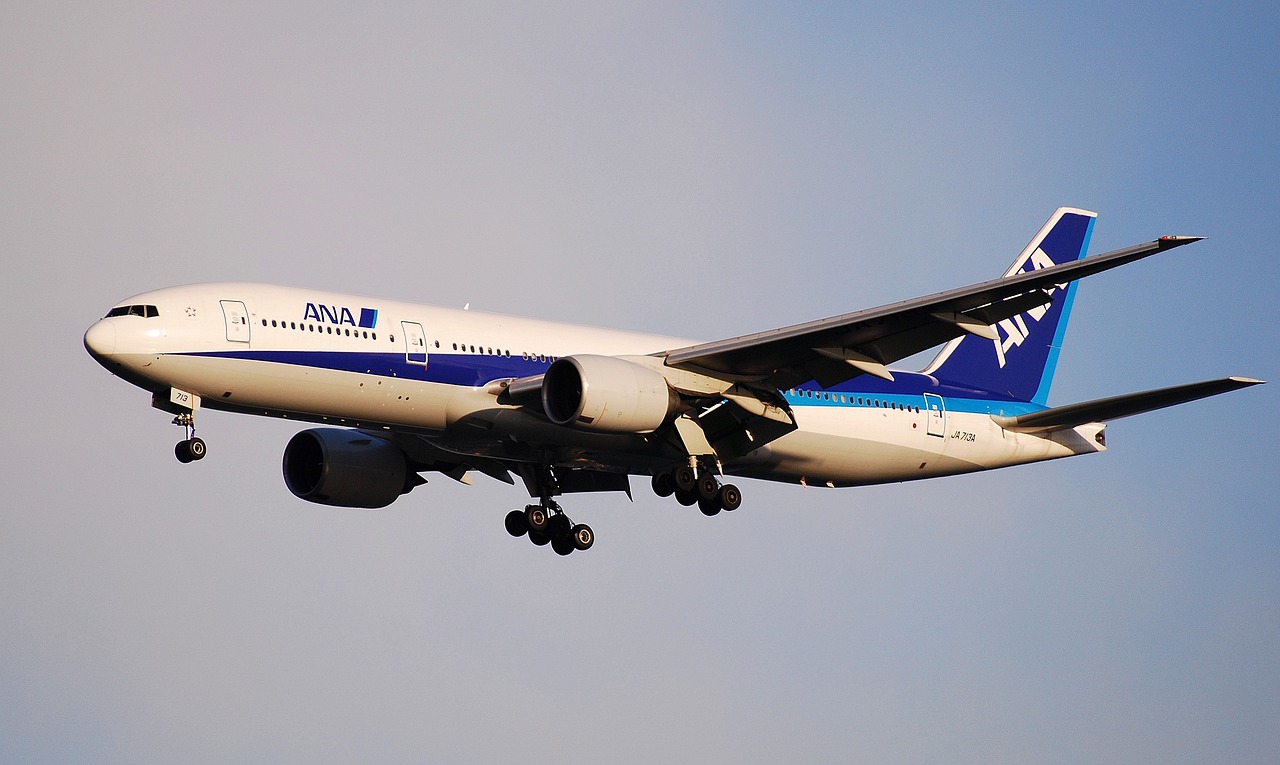

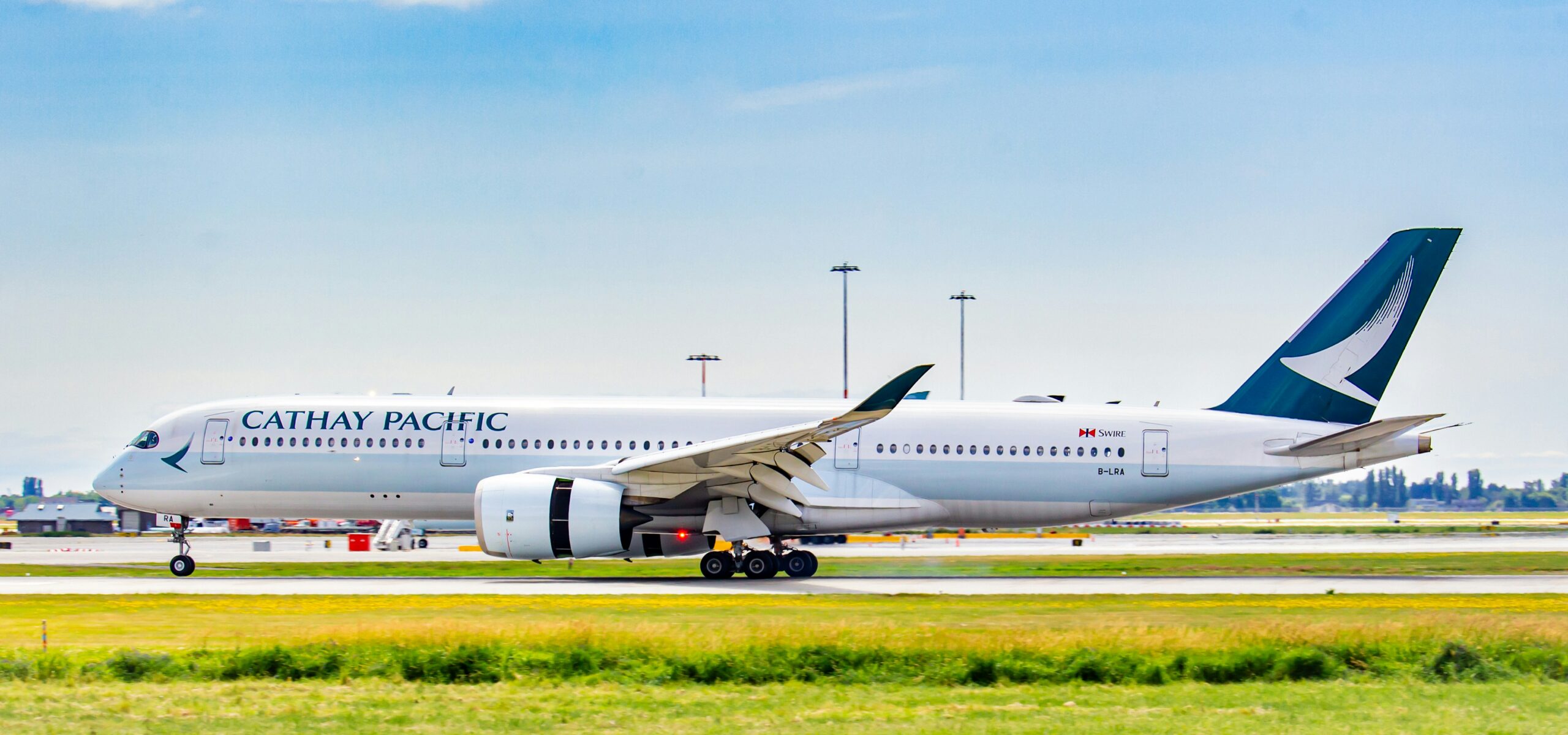
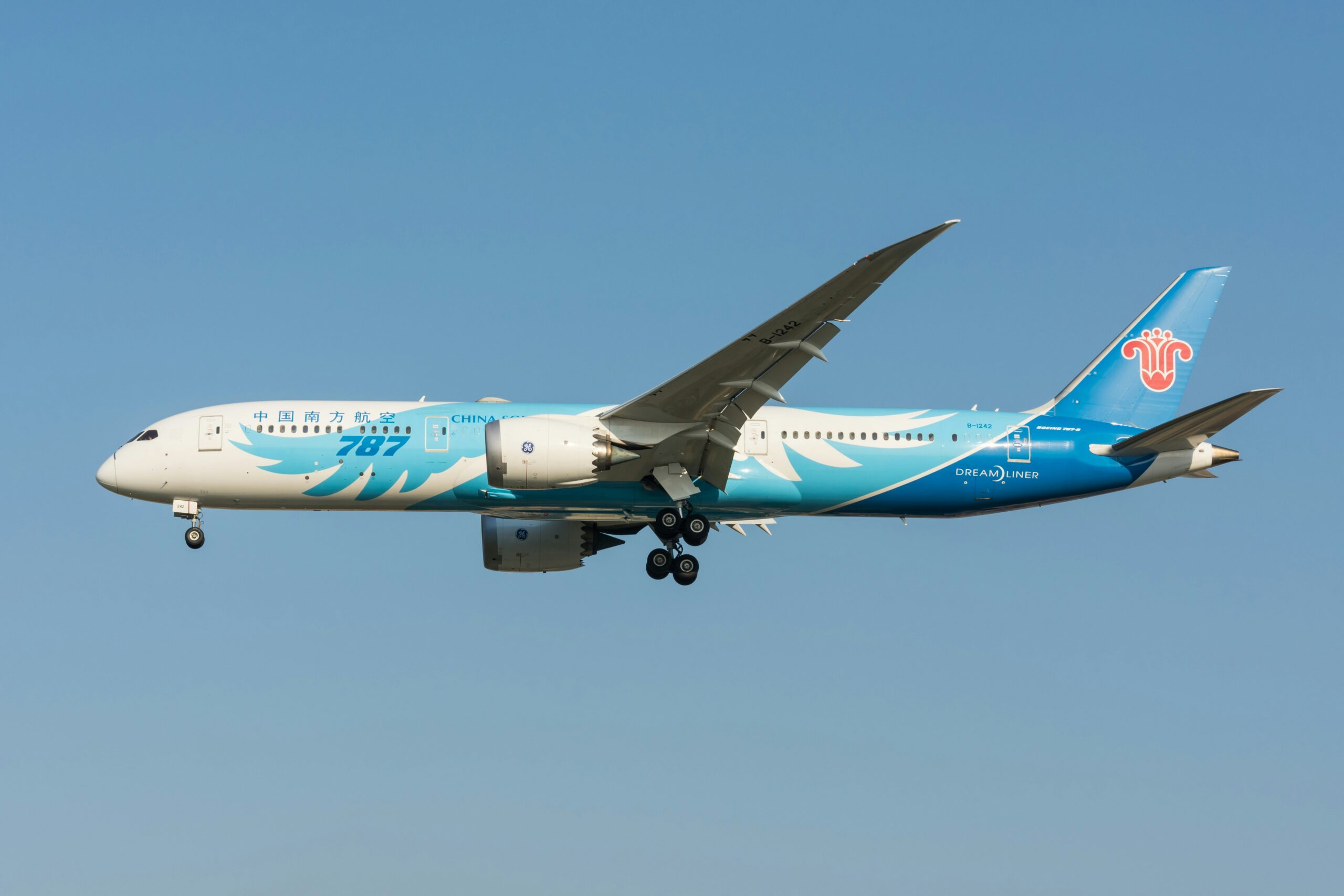
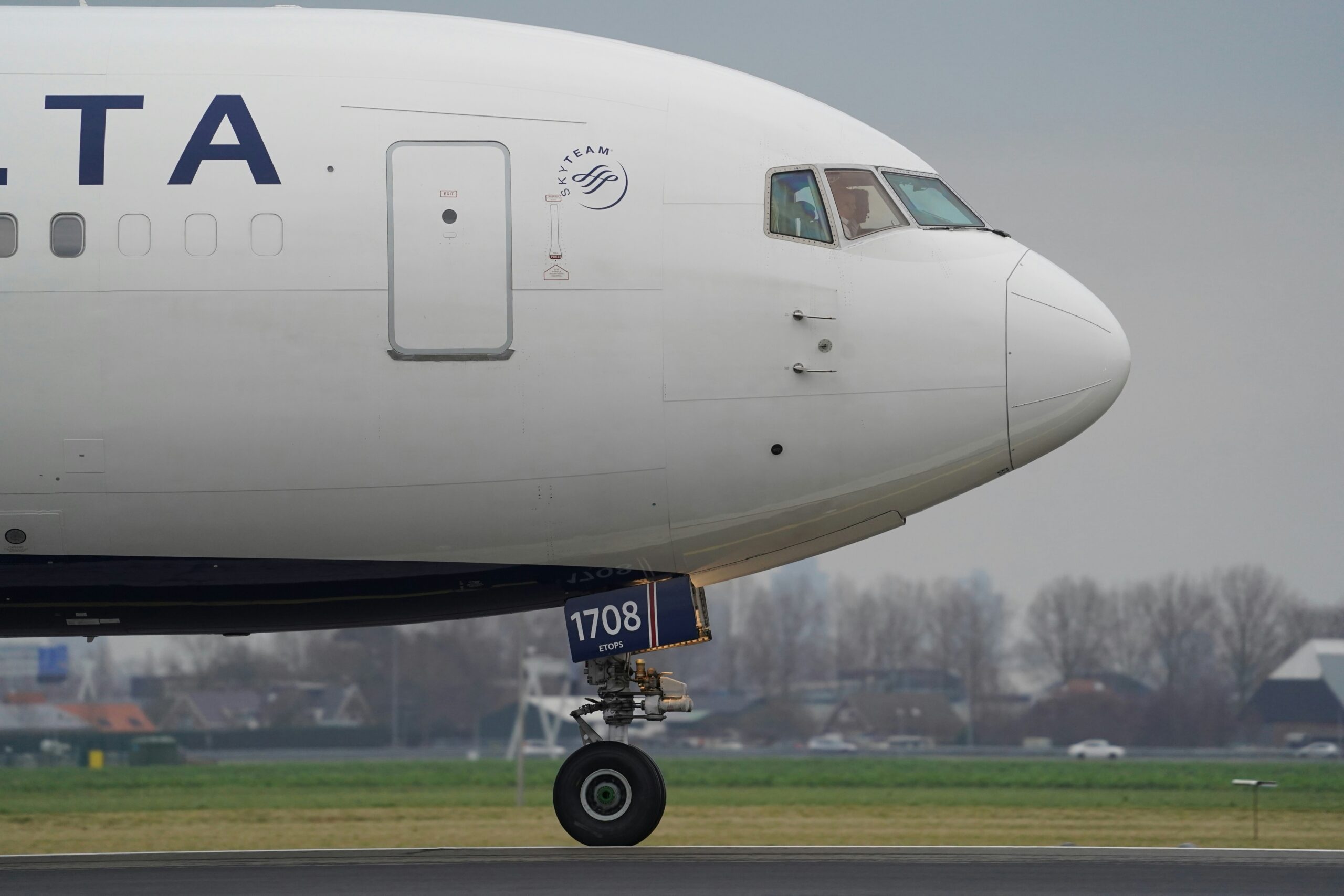
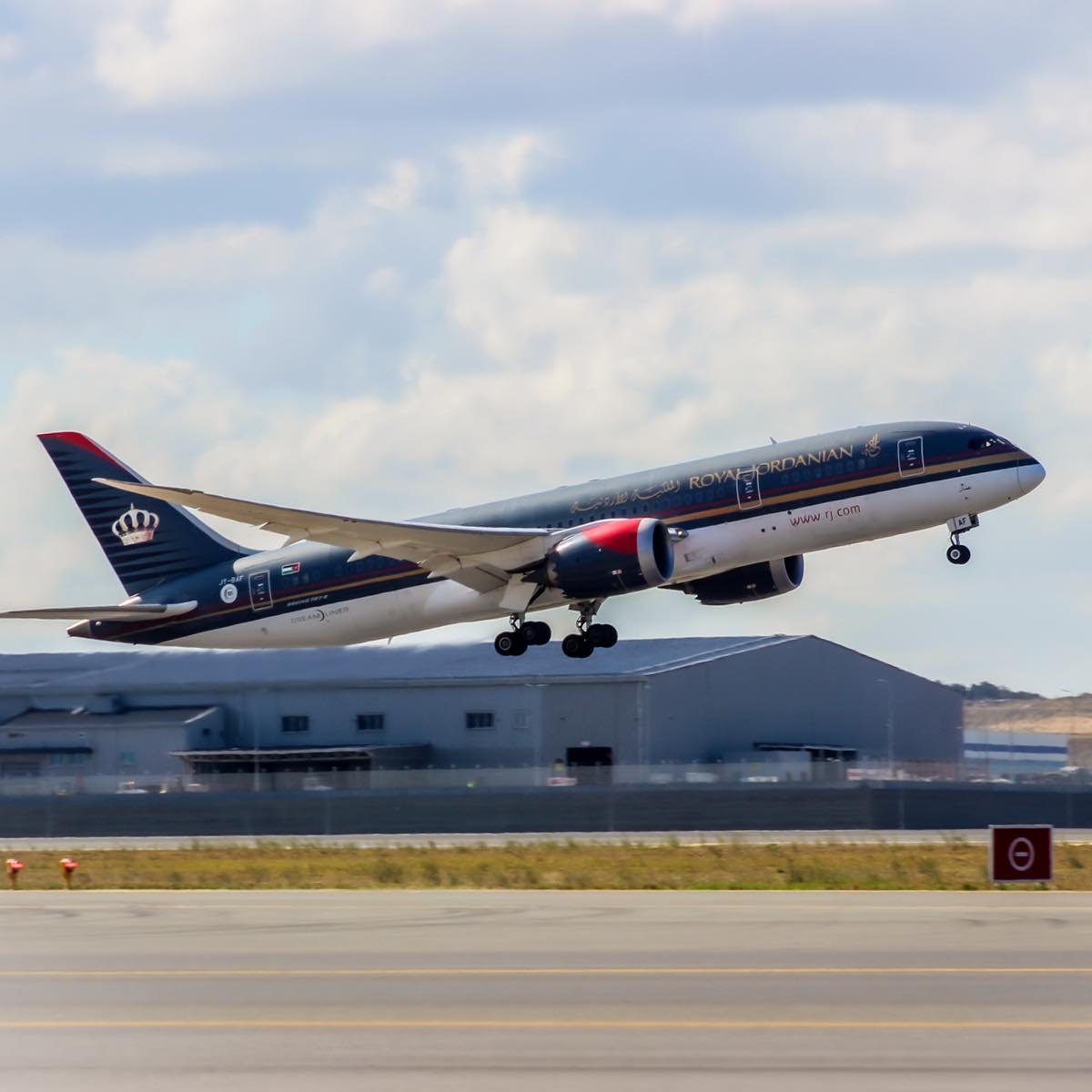
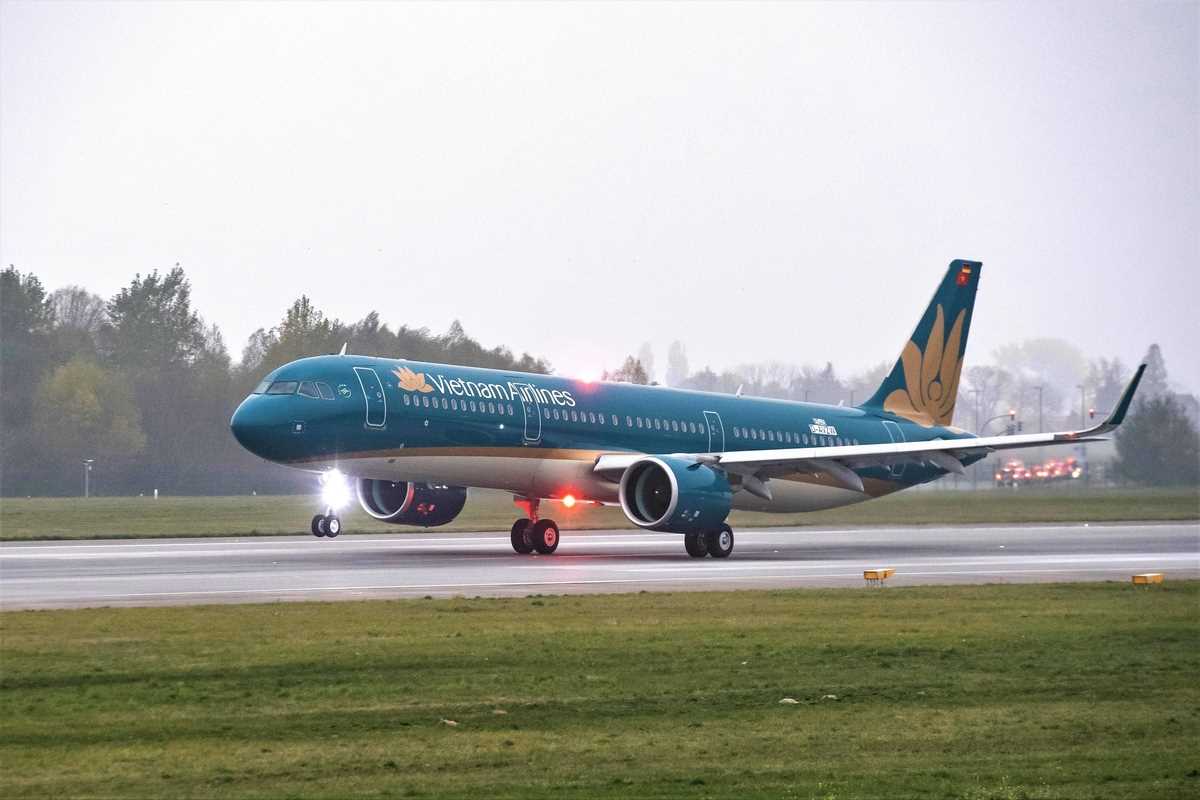

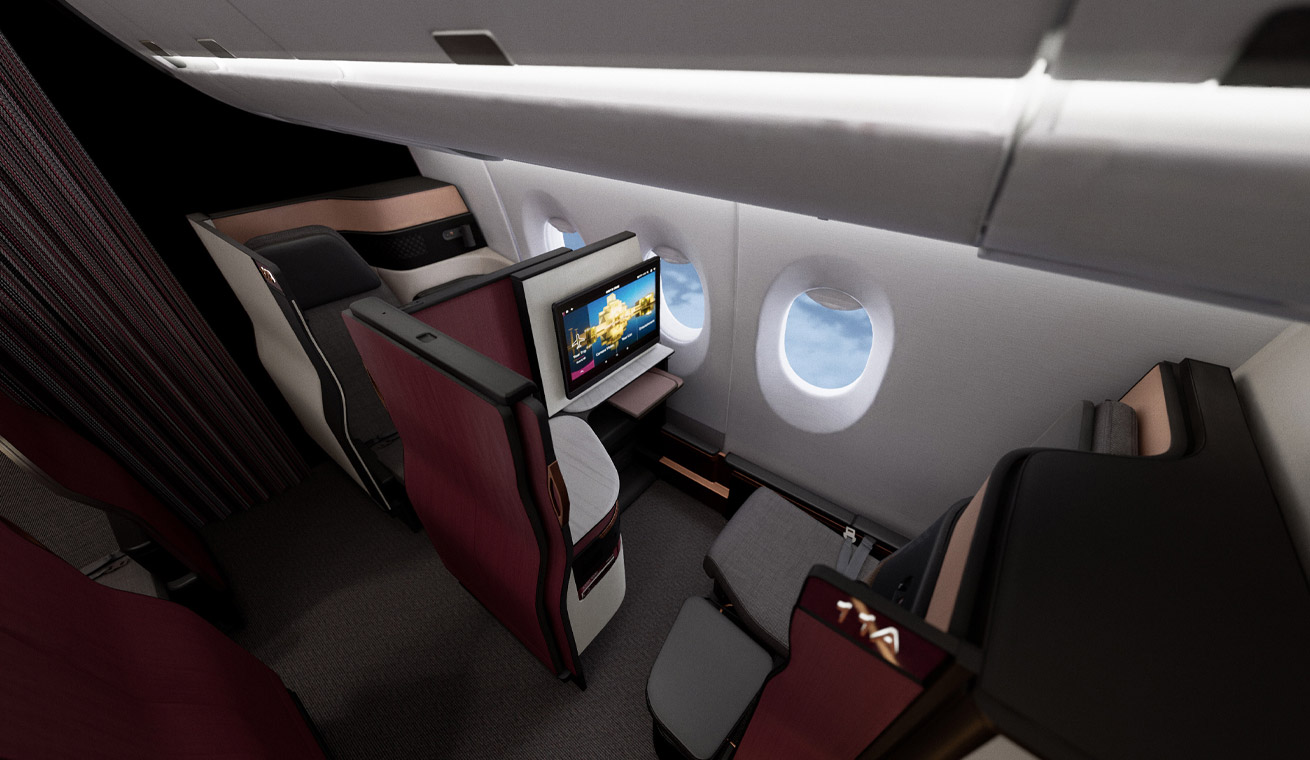


Leave a Reply